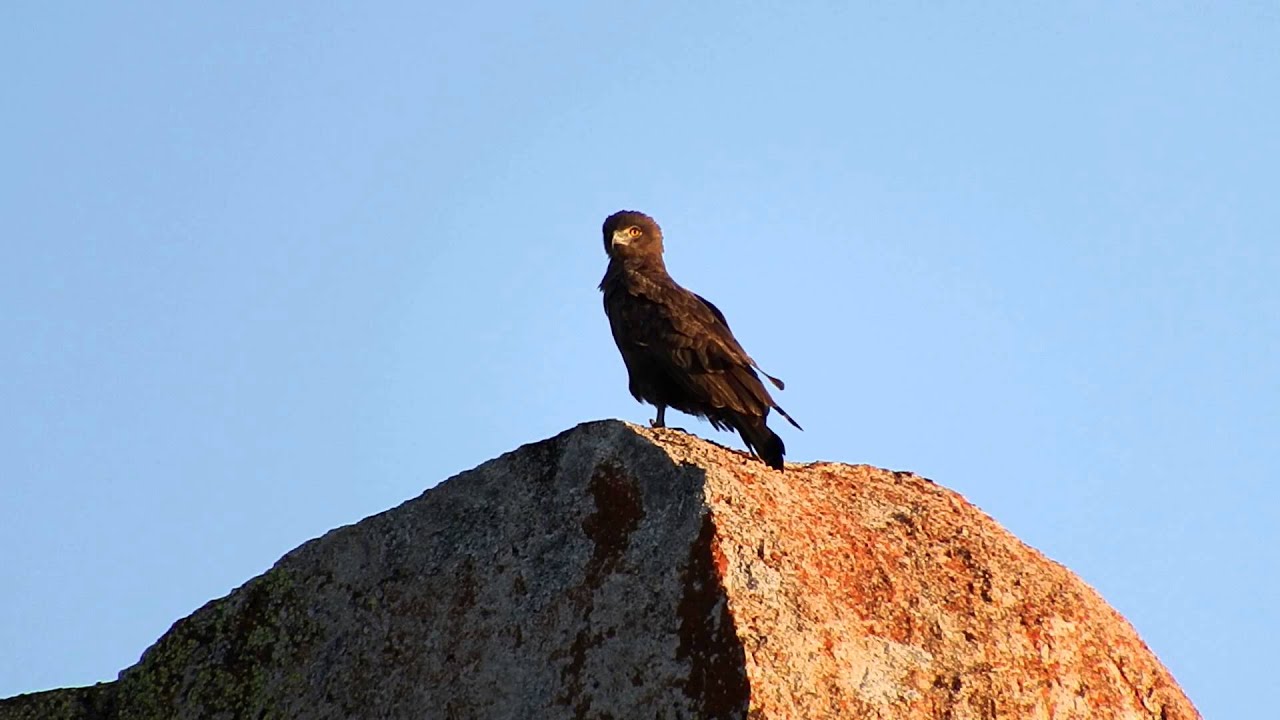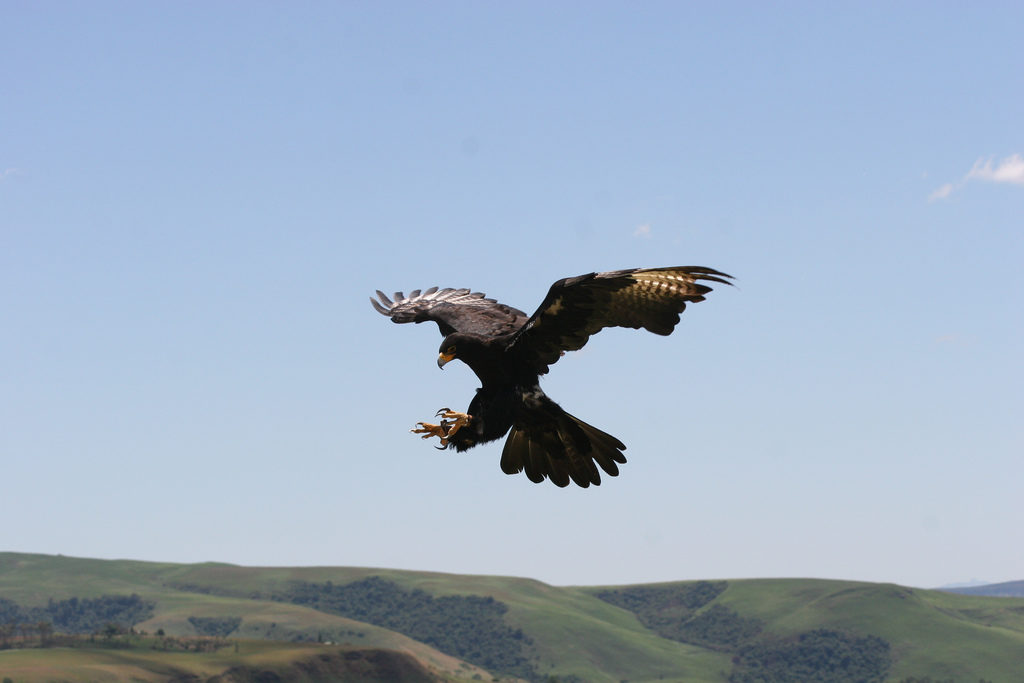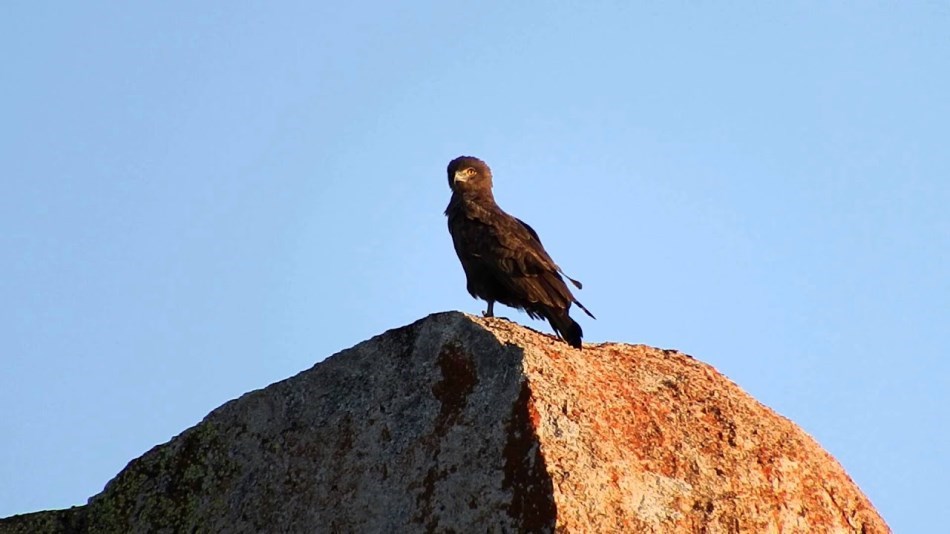The Matobo National Park forms the core of the Matobo or Matopos Hills, an area of granite kopjes and wooded valleys commencing some 35 kilometres (22 mi) south of Bulawayo, southern Zimbabwe.
The hills were formed over 2 billion years ago with granite being forced to the surface, this has eroded to produce smooth "whaleback dwalas" and broken kopjes, strewn with boulders and interspersed with thickets of vegetation.

Matopo/Matobo is a corruption of a Venda word, "matombo" which means stones in Tshivenda. It was named by the ancestors of Kalanga and Venda people who are the original natives of the land.
The Hills cover an area of about 3100 km² (1200 sq mi), of which 424 km² (164 sq mi) is National Park, the remainder being largely communal land and a small proportion of commercial farmland.

The Matobo Hills is an area of high botanic diversity, with over 200 species of tree recorded in the national park, including the mountain acacia, wild pear and the paperbark acacia. There are also many aloes, wild herbs and over 100 grass species.
.jpg)
Matobo National Park has a wide diversity of fauna: 175 bird, 88 mammal, 39 snake and 16 fish species. Game include white rhinos, sable antelopes, impala and leopards. The park contains the world's densest population of the latter (estimated at 5 for every 16km2), due to the abundance of hyrax, which make up 50% of their diet.
.jpg)
Matobo National Park contains the highest concentration of black eagles, and breeding pairs of these birds, worldwide. Nearly one third of the world's 47 eagle species nest in the hills. The black eagle , African fish eagle, crowned eagle, martial eagle and brown snake eagle can all be seen perched conspicuously on trees. In fact, the highest concentration of black eagles found anywhere in the world is in the Matobo Hills.
According to en.wikipedia








